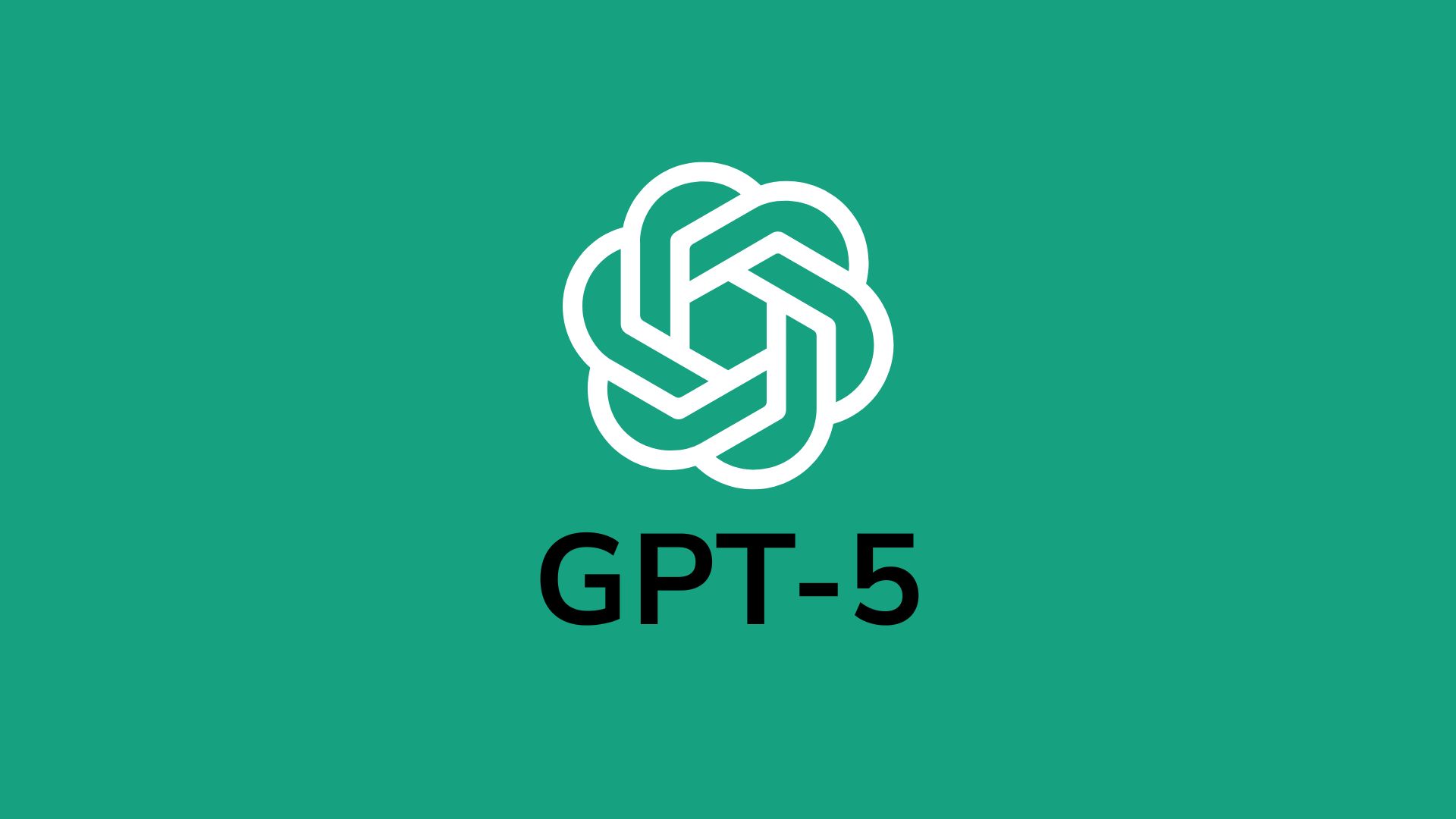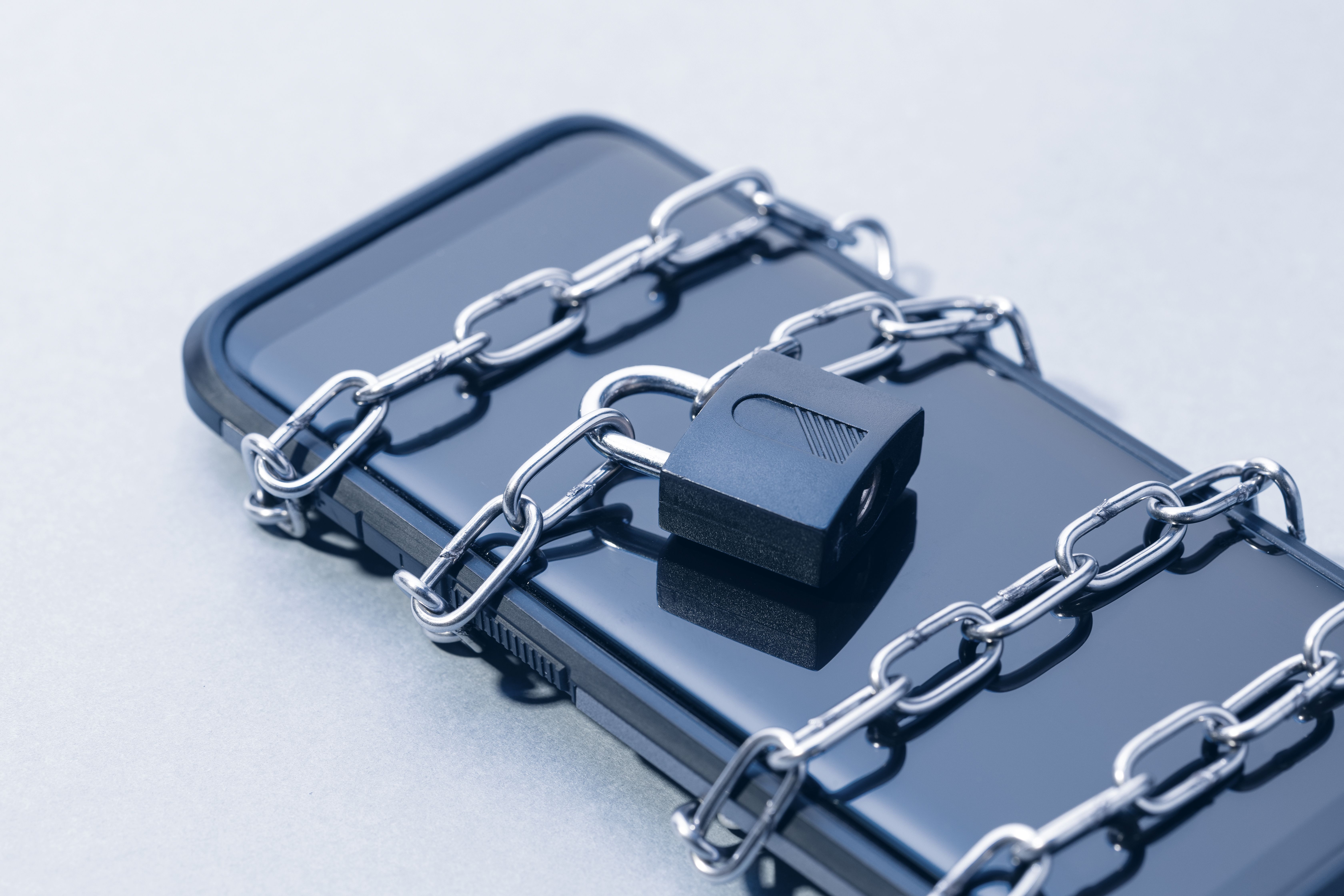A Chinese company has stunned the AI world after its new open-source model outperformed OpenAI’s ChatGPT-5 and Anthropic’s Claude Sonnet 4.5 in key benchmarks.
Moonshot AI’s Kimi K2 Thinking model achieved the best reasoning and coding scores yet, shaking confidence in American dominance over advanced AI systems.
The Beijing-based startup, backed by Alibaba and Tencent, released Kimi K2 Thinking on 6 November. It scored 44.9 percent in Humanity’s Last Exam and 60.2 percent in BrowseComp, both surpassing leading US models.
Analysts dubbed it another ‘DeepSeek moment ‘, echoing the earlier success of China in breaking AI cost barriers.
Moonshot AI trained the trillion-parameter system for just US$4.6 million (nearly ten times cheaper than GPT-5’s reported costs) using a Mixture-of-Experts structure and advanced quantisation for faster generation.
The fully open-weight model, released under a Modified MIT License, adds commercial flexibility and intensifies competition with US labs.
Industry observers called it a turning point. Hugging Face’s Thomas Wolf said the achievement shows how open-source models can now rival closed systems.
Researchers from the Allen Institute for AI noted that Chinese innovation is narrowing the gap faster than expected, driven by efficiency and high-quality training data rather than raw computing power.
Would you like to learn more about AI, tech and digital diplomacy? If so, ask our Diplo chatbot!










